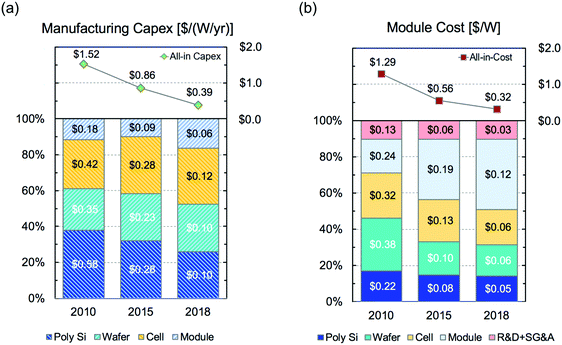(A new stretchable battery can power wearable electronics)
2020/1/15 アメリカ合衆国・スタンフォード大学

・スタンフォード大学が、可燃性の物質による従来の電池よりも安全に蓄電する、特殊なプラスチック製のソフトでストレッチャブルな電池を開発。
・身体の挙動に合わせて伸縮や折り曲げが可能な電源の開発により、快適に着底できる電子機器の設計が可能となる。
・ポリマーは、アノードとカソード間のイオンの移動を支えるエネルギー源の役割を担う電解質としてリチウムイオン電池で利用されているが、可燃性のゲル状のため漏れや発火の可能性が懸念されている。
・今回、このようなゲル状電解質とは異なる、ストレッチャブルな固体ポリマー電解質を作製。研究室での実験用電池の試験では、捻ったり、折り曲げたり、元の長さの 2 倍近くに引き伸ばしたりしても、コンスタントな電力出力を維持できた。
・同ストレッチャブル電池のプロトタイプは、親指の爪ほどのサイズ。同等サイズの従来型電池の約半分のエネルギーを貯蔵する。
・皮膚に貼り付けて心拍等のバイタルサインを観察・記録する、ストレッチャブルセンサーの電源としてのアプリケーションが可能性の一つ。
・今後は同電池のエネルギー密度の向上、より大型のデバイス作製、研究室外での性能の実証試験を実施する。
URL: https://engineering.stanford.edu/news/new-stretchable-battery-can-power-wearable-electronics
(関連情報)
Nature Communications 掲載論文(フルテキスト)Decoupling of mechanical properties and ionic conductivity in supramolecular lithium ion conductors
URL: https://www.nature.com/articles/s41467-019-13362-4
<NEDO海外技術情報より>
Abstract
The emergence of wearable electronics puts batteries closer to the human skin, exacerbating the need for battery materials that are robust, highly ionically conductive, and stretchable. Herein, we introduce a supramolecular design as an effective strategy to overcome the canonical tradeoff between mechanical robustness and ionic conductivity in polymer electrolytes. The supramolecular lithium ion conductor utilizes orthogonally functional H-bonding domains and ion-conducting domains to create a polymer electrolyte with unprecedented toughness (29.3 MJ m−3) and high ionic conductivity (1.2 × 10−4 S cm−1 at 25 °C). Implementation of the supramolecular ion conductor as a binder material allows for the creation of stretchable lithium-ion battery electrodes with strain capability of over 900% via a conventional slurry process. The supramolecular nature of these battery components enables intimate bonding at the electrode-electrolyte interface. Combination of these stretchable components leads to a stretchable battery with a capacity of 1.1 mAh cm−2 that functions even when stretched to 70% strain. The method reported here of decoupling ionic conductivity from mechanical properties opens a promising route to create high-toughness ion transport materials for energy storage applications.



